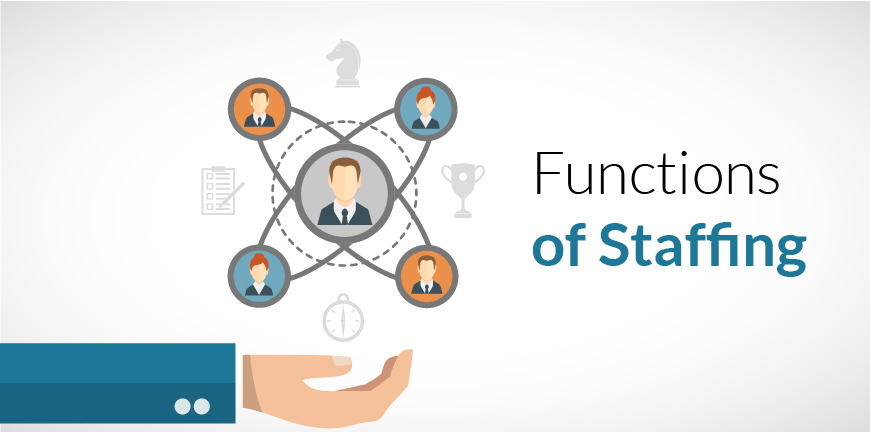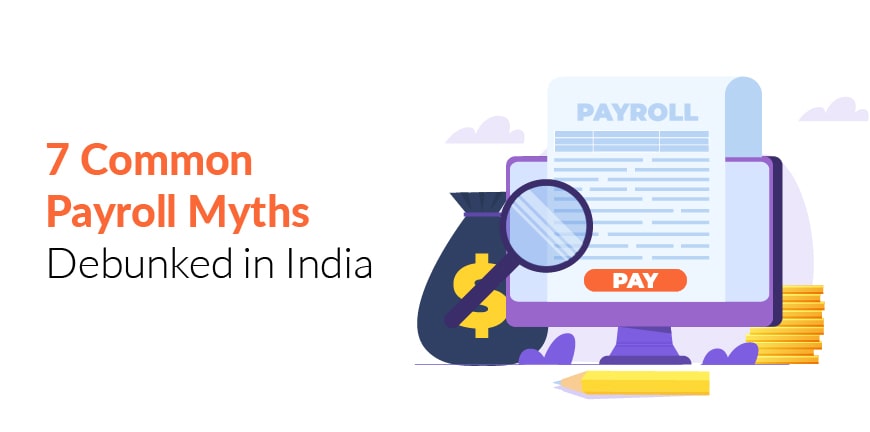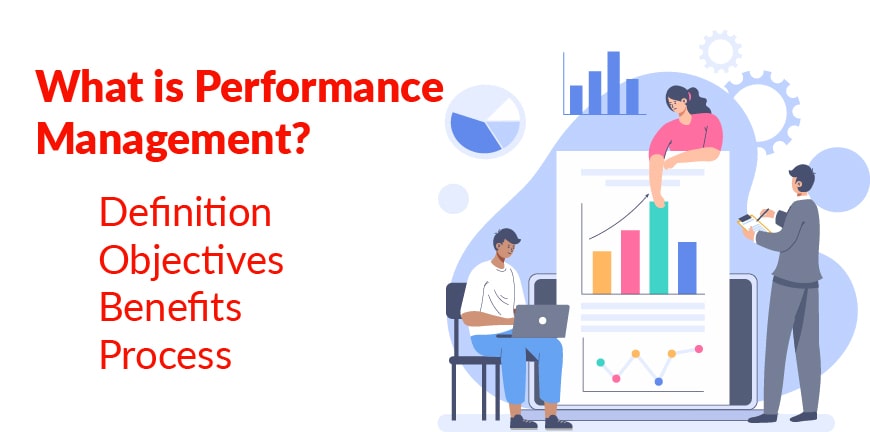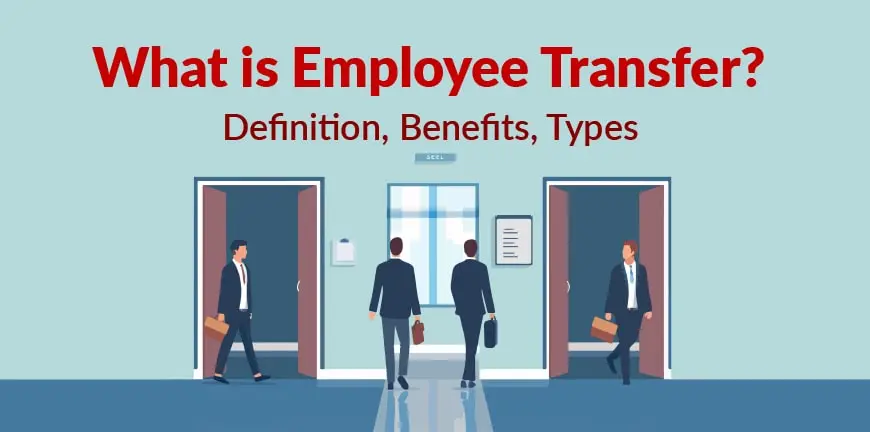
What are the Functions of Staffing? – Definition, Importance, Advantages
10/12/2025
10 Common Misconceptions About Payroll Management System
10/12/2025- What is Work-Life Balance in 2026?
- Why is the definition evolving?
- How to Recognize Poor Work-Life Balance?
- Work-Life Balance: Examples of Burnout
- Why Work-Life Balance is More Important Than Ever?
- 8 Work-Life Balance Strategies That Actually Work
- How Employers Can Support Work-Life Balance?
- Conclusion
- Key Takeaways
- FAQs
“The key to great work is to make sure you’re taking care of yourself.”- Satya Nadella, CEO, Microsoft.
Today’s professionals increasingly prioritize work-life balance over salary; a recent study shows 41% value balance, compared to 36% focused on pay. Yet, the demands of work persist: 60% of workers struggle to unplug from their jobs. This imbalance creates problems extending beyond fatigue; prolonged hours are linked to serious health risks, including a 60% higher risk of heart problems for employees working three extra hours daily.
For businesses, this is a productivity issue: organizations with high employee engagement report a 19.2% boost in operating income. This comprehensive work-life balance guide provides practical strategies for establishing a sustainable work-life balance in 2026. By adopting these methods, companies can drive necessary systemic changes in policy and culture, directly supporting better employee workload management and fostering a more productive environment.
What is Work-Life Balance in 2026?
Our understanding of a satisfying career has changed drastically over the years. The digital world of 2026 raises an important question: Here’s how we can explain work-life balance in 2026.
1. Define work-life balance in modern terms
The concept of work-life balance has grown beyond its basic beginnings. Traditional definitions describe it as “the amount of time you spend doing your job compared to the time you spend with family and engaging in activities you enjoy”. Today’s view is much more complex.
Work-life balance in 2026 isn’t about splitting time equally between work and personal life. It’s about finding a balance where neither part takes over the other. Organizational psychologist Adam Grant notes that we’re moving away from a “work first” culture where “work is presumed to be the dominant force in our lives”.
Each person’s balance looks different. Life’s changing demands and responsibilities make this balance unique to everyone. A good balance doesn’t mean equal time distribution – it’s about feeling content in both areas.
2. Work-life balance vs. work-life integration
Our relationship with work keeps changing, and so does the way we talk about it. Experts now see work-life balance and work-life integration as two different ways to manage professional and personal life.
Work and life balance creates a divide between work and life, making them compete. People set strict boundaries between home and office to focus on each at specific times. This approach keeps work and personal life separate with fixed “work hours”.
Work-life balance in HRM combines work and personal life for smooth transitions. People handle tasks when it suits them best instead of separating “work time” from “personal time”. Work becomes just another part of life rather than something that fights against it.
UC Berkeley’s Haas School of Business states that integration “creates more synergies between all areas that define life: work, home, family, community, personal well-being, and health”. Both methods want to achieve balance – they just take different paths to get there.
Why is the definition evolving?
Technology has changed how we see work-life balance. Mobile devices and remote work options have made work and personal time overlap.
New workplace models speed up these changes. Remote and hybrid work arrangements have removed the line between work and home. This change became clear after COVID-19, when remote work changed from a bonus to an expectation in many fields.
Employee expectations now shape what balance means. Workers define balance themselves instead of their companies. They want control over their schedule and location. They also expect their employers to create empathetic environments with wellness resources.
One expert suggests calling it “work-life navigation”. This term better describes the individual experience rather than a fixed goal.
How to Recognize Poor Work-Life Balance?
You can reclaim your life balance by spotting poor work-life balance signs. The line between work and personal life gets blurrier each day, and these red flags matter more than ever to your well-being.
Common signs of imbalance
1. Physical Distress
Your body sends the first distress signals through physical symptoms. You might feel tired even after sleeping well because your brain can’t switch off completely. This mental exhaustion makes focusing harder and slows down your decision-making. Your muscles stay tense too long, and that leads to headaches, neck pain, or tight shoulders.
2. Behavioural Changes
Your behaviour changes can signal this imbalance, too. Working overtime all the time stands out as the clearest sign. You’ve likely lost your boundaries if you check work emails during family dinner or feel bad about not working. The way you talk matters too – if work dominates your social conversations, it’s taken up too much space in your mind.
3. Poor Relationships
Your relationships suffer from poor work-life balance. People telling you they never see you anymore means it’s time to rethink your priorities. Neglecting these personal connections often leaves you feeling isolated and cut off from people who support you.
4. Mental and physical health impacts
Prolonged work-life imbalance does more damage than just making you uncomfortable. Research shows that people struggling with work-life conflict report worse health outcomes. A better work and personal life balance links directly to improved mental health, giving you more satisfaction, peace, and energy.
Your psychological resilience breaks down if you face work stress without enough recovery time. This ongoing pressure breeds anxiety, depression, and other mental health issues. Studies show that one-third of people deal with burnout.
The physical toll hits just as hard. People with poor work-life balance often face muscle and joint problems, headaches, and complete exhaustion. Even worse, this relates to serious health issues like high cholesterol, weight problems, high blood pressure, and less physical endurance.
Work-Life Balance: Examples of Burnout
Emotional exhaustion, cynicism, and lower performance show up when work-life balance fails for too long. About 52% of workers face burnout because they can’t balance work and life. Look out for these signs:
- No energy left for clients, friends, or family events.
- Dragging yourself to work while questioning its worth.
- Getting angry easily, even at small things.
- Losing connection with coworkers and loved ones.
- Simple tasks that you used to handle well now feel hard.
This affects more than just you. Organizations suffer through more sick days, people quitting, and lower output. The cynicism from burnout often turns into resentment toward coworkers and creates workplace fights.
The cruel twist? Once burnout hits, it becomes harder to do the very things that prevent it – taking care of yourself and staying connected. This creates a tough cycle to break.
Why Work-Life Balance is More Important Than Ever?
The professional world has transformed, and work-life balance now takes priority over salary in today’s workplace. A global survey shows 83% of workers value balance more than pay, which stands at 82%.
1. Benefits of work-life balance if you have
A good work-life balance brings many personal benefits. Your mental well-being improves, and you experience more positive emotions. People who maintain this balance report better job satisfaction and show more motivation both at work and at home.
Your physical health gets better, too. UCL research reveals that white-collar workers putting in three extra hours had a 60% higher chance of heart problems. Finding the right balance helps you avoid these health risks.
Personal relationships grow stronger with proper balance. About 80% of employees say workplace stress affects their connections with friends, family, and coworkers. The right balance lets you build these vital relationships.
2. Benefits for employers and teams
Companies that support work-life balance see real business advantages. Organizations with highly engaged employees saw a 19.2% increase in operating income, while those with low engagement dropped 32.7%.
Balanced workplaces reduce sick days and staff turnover. Companies spend up to double an employee’s salary to replace them. Teams that stay engaged produce 14% to 18% more than disengaged ones.
Companies that encourage work-life balance build better reputations. This improved standing helps them attract talent, build mutually beneficial alliances, secure funding, and work better with other organizations.
3. Work-life balance in HRM and retention
Strategic human resource management (SHRM) helps promote work-life balance effectively. Companies create more sustainable and productive environments when HR practices match workforce needs and business goals.
HR policies play a vital role here. Flexible work options, career growth opportunities, supportive company culture, and workload management make a difference. Employees feel valued and satisfied when these policies work well.
Balance clearly affects retention. Recent studies show that work-life balance heavily influences an employee’s choice to stay with a company. About 31% of people left their jobs because they couldn’t get enough flexible work options.
HR leaders who set clear boundaries and use better tools help both people and organizations grow. Companies that focus on balance see better productivity, happier staff, and a stronger workplace culture.
8 Work-Life Balance Strategies That Actually Work
You need more than wishful thinking to create a real work-life balance. Let’s look at the top work-life balance strategies that work in today’s fast-paced world after you spot the signs of imbalance.
1. Set Clear Boundaries Between Work and Personal Life
Your first step is to tell your colleagues and supervisors about your working hours. You should learn to say no when people ask too much of your time. Watch out for signs of burnout and put your mental and physical health first. Note that you must take charge of your time and energy because healthy boundaries won’t protect themselves.
2. Use Time-Blocking and Task Batching
Time blocking turns your endless to-do list into a solid schedule that shows what you’ll do and when. You can group similar tasks and finish them in one go. This cuts down the mental drain from switching between different types of work. The method works great for email, admin tasks, and creative projects. Studies show you can lose up to 40% of your productivity when you try to multitask.
3. Take Regular Breaks and Time Off
Your creativity, brain function, and problem-solving skills get better with regular breaks. The brain works in two ways: focused and diffuse. You can stay focused for about 25-30 minutes before you need a break. These breaks let your brain switch to diffused mode, where new ideas connect. Plan your vacations because the perfect time to take a break doesn’t exist.
4. Prioritize Self-care and Hobbies
Self-care and hobbies are not extras: they’re vital parts of a balanced life. Regular self-care helps you handle stress better and creates a healthier work-life balance. You need activities that take your mind off work, whether it’s exercise, meditation, or something creative. On top of that, it becomes easier to end your workday on time when you have activities you love waiting for you.
5. Communicate with Your Manager
Talking openly with your manager about your workload is vital. Have honest talks about possible changes if you feel swamped. Show how balanced employees work better and are more involved when you discuss these topics. Be firm but understanding when you explain what you need.
6. Use Technology to Unplug
Technology can help or hurt your work-life balance. Block distracting websites during work hours and work tools after hours with helpful apps. You might want to keep one device completely work-free. Features like “do not disturb” help you set digital limits. System cloner apps let you create separate profiles for work and personal use on your devices.
7. Customize your Schedule to Your Energy Levels
Make your work schedule match your natural energy patterns. Most people’s energy changes through the day: peak (highest), trough (lowest), and rebound (second highest). Put your hardest tasks during peak hours and save routine work for low-energy times. This helps you get more done without draining yourself.
8. Reassess and Refine your Balance Regularly
Work-life balance isn’t something you achieve once and forget. You need to keep working at it. Your approach should change as your life changes. Check often to see if you’re handling your responsibilities well. Think of it like a balancing toy – different areas of life will need more attention at different times.
How Employers Can Support Work-Life Balance?
Companies that put employee work-life balance first have a clear edge in today’s talent market. Work-life balance has overtaken salary as the top priority for workers worldwide for the first time in 22 years. About 83% of workers now rank it as their main concern.
1. Flexible Work Policies
A good work-life balance depends on flexibility. Companies now offer flexible hours, remote work options, compressed workweeks, and job-sharing arrangements. These policies have shown great results. The number of workers with flexible hours has grown to 65% (up 14% from 2024), and 60% can now choose their work location (up 18%).
2. Encouraging Time Off and Breaks
Team leaders should promote vacation planning tools and regular breaks. Leaders need to set an example by taking time off themselves, which helps others feel comfortable doing the same. Companies must be open about PTO benefits and remind their staff about unused vacation days.
3. Creating a Culture of Balance
The success of work-life programs depends on workplace culture. Companies need to build environments where asking for help shows strength. Recent data shows that 83% of employees want their workplace to feel like a community. The number of workers who would leave due to a lack of belonging has jumped from 37% to 55% in just one year.
4. Training Managers to Spot Burnout
Managers play a huge role in their team’s mental health. About 69% of employees say their manager affects their mental well-being as much as their spouse or partner. Good training helps managers spot signs of burnout through regular one-on-one discussions about workload and stress.
5. Work-life balance in India and global trends
Work-life balance in India continues to evolve with different policies running side by side. Companies like TATA lead the way with eight-hour workdays and seven-month maternity leave. Tech Mahindra gives paid time off for holidays and dependent care. India has become one of the top five countries that provide paternity leave. We have a long way to go, but we can build on this progress.
Conclusion
The 2026 shift highlights work-life balance as a top professional priority, driving better health and stronger performance. Achieving real balance requires setting strong boundaries, using time-blocking, and prioritizing self-care. Companies share this responsibility by offering flexible schedules and fostering a positive culture, leading to higher loyalty and output. Embrace balance not as an equal split, but as an ongoing adjustment.
Ready to transform your organizational policies? Alp Consulting provides customized workforce management solutions to help your company implement effective workload management and scheduling changes.
Key Takeaways
- Set firm boundaries for your working hours and clearly communicate them to protect your well-being.
- Maximize focus by using time-blocking and batching similar tasks to reduce distracting context switching.
- Schedule regular breaks and proactively plan time off; your brain needs rest for creativity and connections.
- Customize your workflow by aligning challenging tasks with your natural peak energy rhythms each day.
- Employers must adopt flexible policies and supportive cultures to boost employee engagement and reduce costly turnover.
FAQs
1. What are some effective strategies for achieving work-life balance in 2026?
Some effective strategies include setting clear boundaries between work and personal life, using time-blocking techniques, taking regular breaks, prioritizing self-care, and customizing your schedule to match your natural energy levels.
2. How can employers support work-life balance for their employees?
Employers can support work-life balance by implementing flexible work policies, encouraging time off and breaks, creating a culture that values balance, training managers to spot burnout, and offering resources for mental and physical well-being.
3. What are the signs of poor work-life balance?
Common signs include constant overtime, difficulty disconnecting from work, persistent fatigue, frequent headaches or muscle tension, neglecting personal relationships, and talking about work excessively during social gatherings.
4. How has the concept of work-life balance evolved in recent years?
Work-life balance has evolved from a simple 50/50 time split to a more nuanced concept of work-life integration. It now focuses on achieving personal fulfilment and contentment in both professional and personal spheres, rather than strict time allocation. The work-life balance meaning and definition have become more personalized, recognizing that balance looks different for everyone.
5. What are the benefits of maintaining a good work-life balance?
Maintaining a good work-life balance can lead to improved mental and physical health, enhanced job satisfaction, stronger personal relationships, and increased productivity. For employers, it can result in reduced absenteeism, lower turnover rates, and improved operating income.
Contact Us For Business Enquiry

Rajkumar Shanmugam
Rajkumar Shanmugam is the Head of HR at ALP Consulting, bringing over 19 years of comprehensive HR leadership experience across India and international markets. His expertise spans talent acquisition, employee relations, performance management, compliance, and HR transformation. Rajkumar has a proven track record of driving people-centric initiatives, enhancing workplace culture, and aligning HR strategy with business goals. With extensive experience in US staffing operations and global mobility, he continues to lead organizational excellence through innovation and employee engagement.




